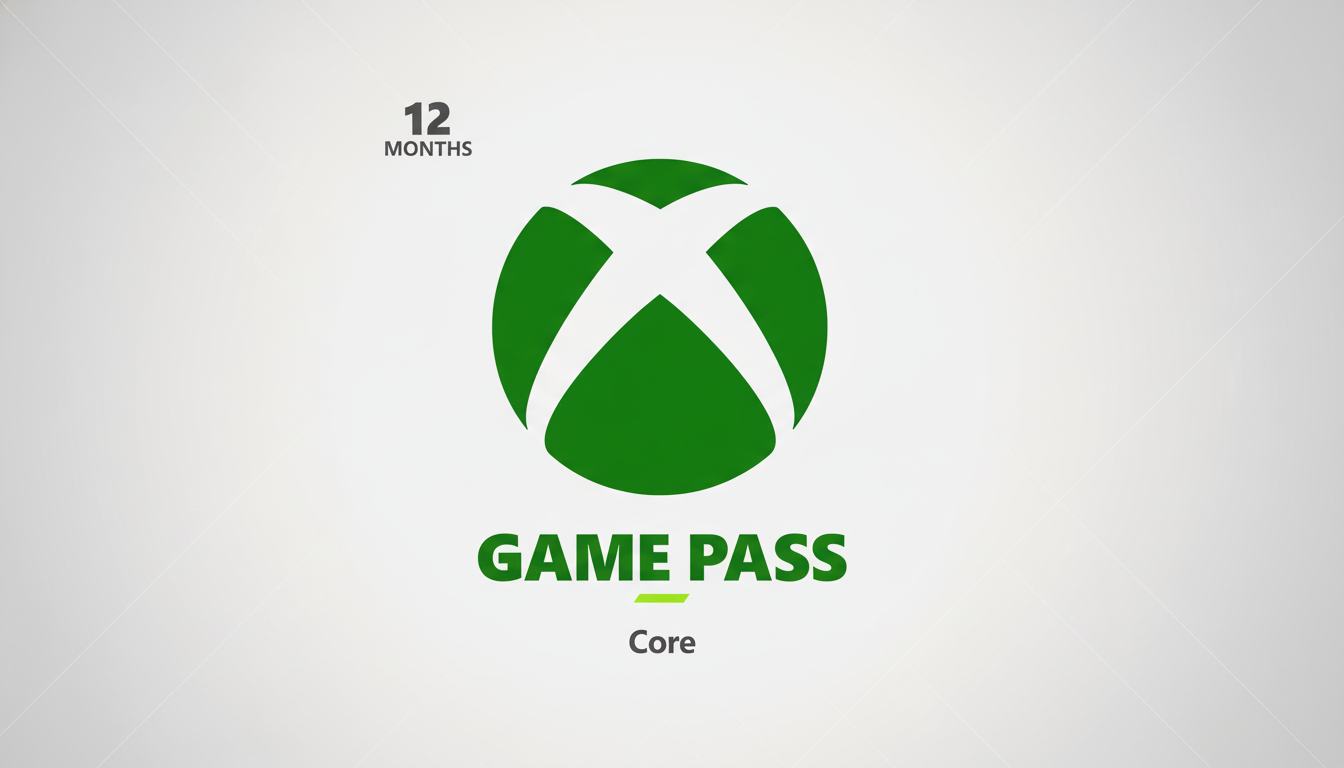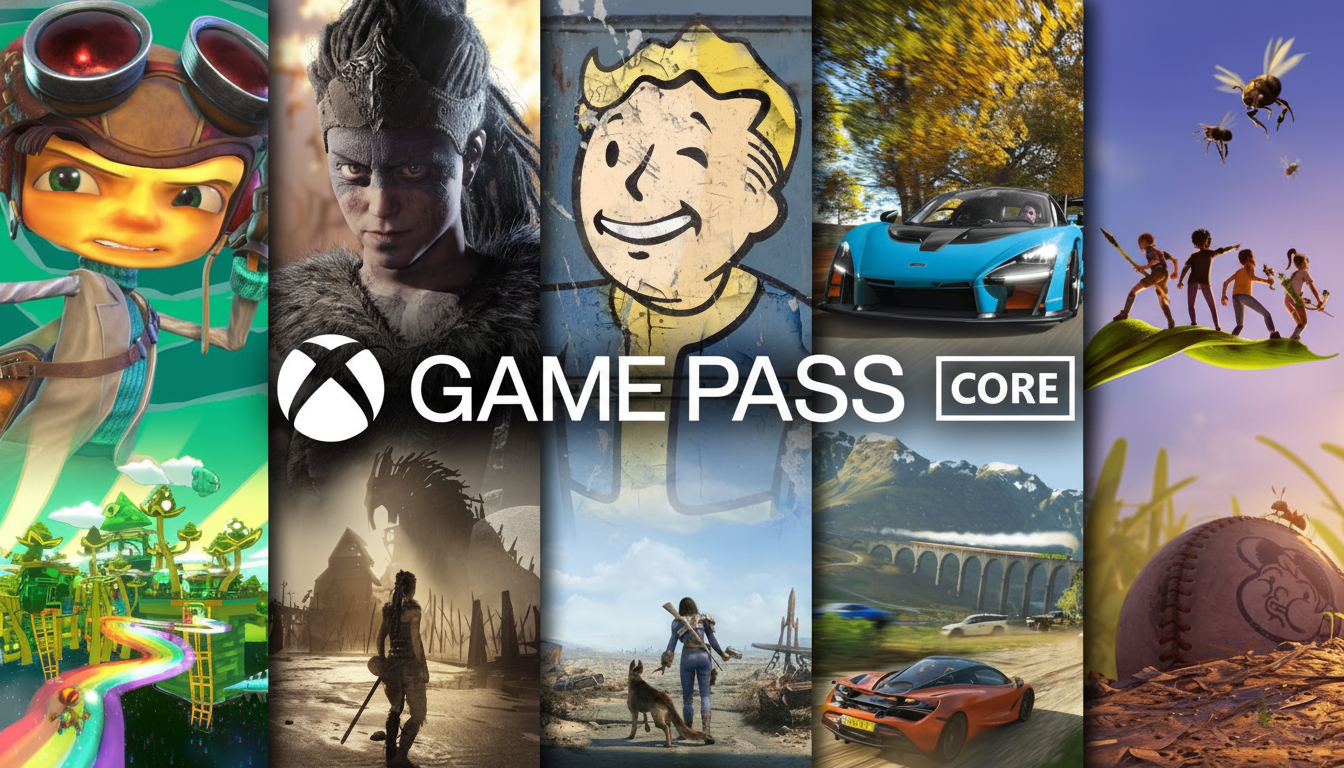Microsoft is considering a significant change for its forthcoming next-gen Xbox that could overhaul the way console online play works: ditching the long-running multiplayer paywall. According to people familiar with the early planning, as reported by Windows Central, the company is thinking about offering native free online multiplayer on next-generation Xbox hardware models as it moves towards a more PC-like platform model.
If it stands, the move would be the end of a model that began with Xbox Live in 2002 and transformed into Xbox Live Gold before being rebranded as Game Pass Core in 2023.

It would also bring Xbox a little more in line with the PC ecosystem, where gamers don’t have to buy an additional subscription for multiplayer access on platforms such as Steam and the Epic Games Store.
Why Taking Down The Paywall Makes Strategic Sense
Windows Central reporting suggests that this next-gen Xbox would be something like a conventional Windows build with a living room–appropriate interface on top—more like Steam’s Big Picture mode than a traditional console shell.
That direction in fact blurs the remaining final lines between Xbox and PC, something that Microsoft’s been bumbling at for years now thanks to cross-play, cross-save and day-one Game Pass releases on PC.
Basic access to multiplayer would be a non-starter on PC. If the Xbox is, architecturally speaking, just a PC in an Xbox skin, then not charging the fee becomes less of a perk and more like table stakes. It also reduces friction for free-to-play hits — an area where Microsoft already adapted in 2021, when it eliminated the Gold requirement following a public outcry over a proposed price hike.
What Free Multiplayer Could Mean For Game Pass Core
Game Pass Core took the place of Xbox Live Gold, offering online multiplayer with an ever-changing library of about two dozen games for $9.99 a month or $59.99 a year. And if multiplayer is, in fact, freed up somehow in a new scenario and not via some sort of free invite to play weekend shenanigans like we discuss on the podcast most weeks? Core would need a new reason for existing to survive—possibly as an entirely entry-level tier with curated library access and member discounts and cloud saves, but no gating off online play.
That wouldn’t necessarily harm the wider subscription business. In early 2024, Microsoft told investors that Game Pass topped 34 million subscribers and “had seen growth focused on higher-value PC and Ultimate tiers.” A more liberal on-ramp to multiplayer could widen the funnel while upselling players on Ultimate for day-one releases, cloud gaming and that entire library.
A Competitive Context With Consoles And PC
Sony and Nintendo still charge for the large majority of console multiplayer access through PlayStation Plus and Nintendo Switch Online. PlayStation Plus Essential costs $79.99 per year after 2023 pricing modifications, and Nintendo Switch Online begins at that price for one user. The PC is the outlier with no platform-level multiplayer fee, which can help explain why live-service ecosystems have found a gravitational pull on PC.

Ditching the paywall would immediately set Xbox apart from its console competition — and closer to PC economics. It would also fit with Microsoft’s post-acquisition approach following its deal to buy Activision Blizzard, in which content and services could drive engagement and lifetime value on a cross-platform scale, as indicated by regulatory filings with the UK Competition and Markets Authority.
Player and developer upside if multiplayer is free
For players, free makes multiplayer one less recurring cost, and it also streamlines cross-play with PC friends, especially in games with seasonal battle passes and in-game stores. In terms of developers, a larger potential audience on Xbox could drive higher concurrency and revenue in live-service titles (and dampen the churn between seasons).
Microsoft’s reversal — along with rival Sony, which announced on Tuesday that its own analysts and employees would be eligible to participate — offers a preview: adoption spiked for titles like Fortnite and Call of Duty Warzone on Xbox once the fee was removed. And going that last step, for all multiplayer games, could create similar network effects, especially as more games embrace cross-progression and cross-entitlements.
Hardware and OS direction paved the way for change
Reportedly, the next Xbox will be all about backward compatibility, more intense ray tracing, AI-powered upscaling and a speedier storage pipeline with the aid of next-gen AMD silicon. Crucially, a Windows-type OS, especially one that supports other storefronts (Steam, Epic, GOG), would encourage people to treat Xbox as the living room PC with a console-size UX. In that world, it’s harder still to justify charging for basic access online.
Microsoft already includes PC-like features on its current hardware, such as Discord voice chat and system-level capture tools. Applying that philosophy to the core of the OS provides an even better argument for throwing open those multiplayer gates full throttle.
Open questions and timelines for free multiplayer
Key details remain unresolved.
- Free multiplayer for next-gen devices only, or Xbox Series consoles too through OS updates?
- How might Microsoft retool the catalog and pricing structure for Game Pass Core to keep things cleaner, so to speak?
- And could enforcement, moderation and anti-cheat expenses — typically covered in part by subscription fees — be balanced out with additional engagement and upsells to Ultimate?
Microsoft isn’t confirming, but you can see the strategic logic. If the next Xbox is to be structured like a PC, then the business model needs to echo that of a PC as well. Whether or not it’s funneling people into Game Pass, the business model would’ve been free to do its work at their leisure (or not) if, as Microsoft says, players want to give a la carte and microtransactions money up front; but there are other ways: Shutting off the multiplayer paywall cold turkey would send an unmistakable player-friendly signal that Xbox’s future isn’t locked away behind a payment panel—it lives where Windows already thrives—in open, connected subspace.

